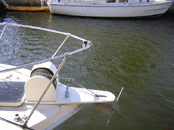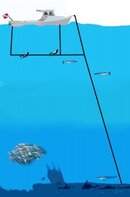CW2008
Contributor
For you guys who dive from your own boats - how do you anchor your boat? I'm planning on diving from mine starting this summer and I just wanted to see what some of you experienced guys have been doing.
Thanks in advance.
Thanks in advance.





